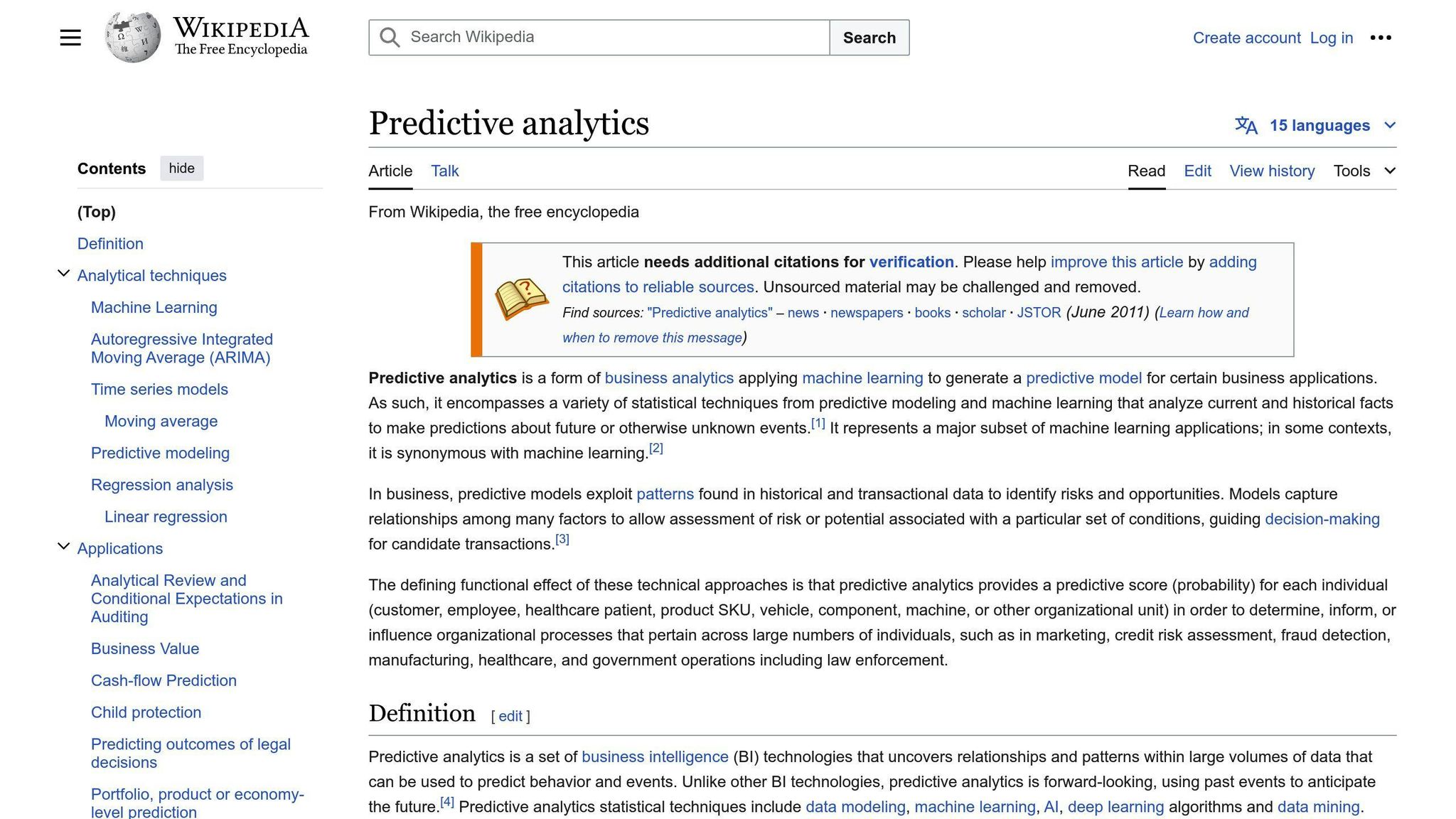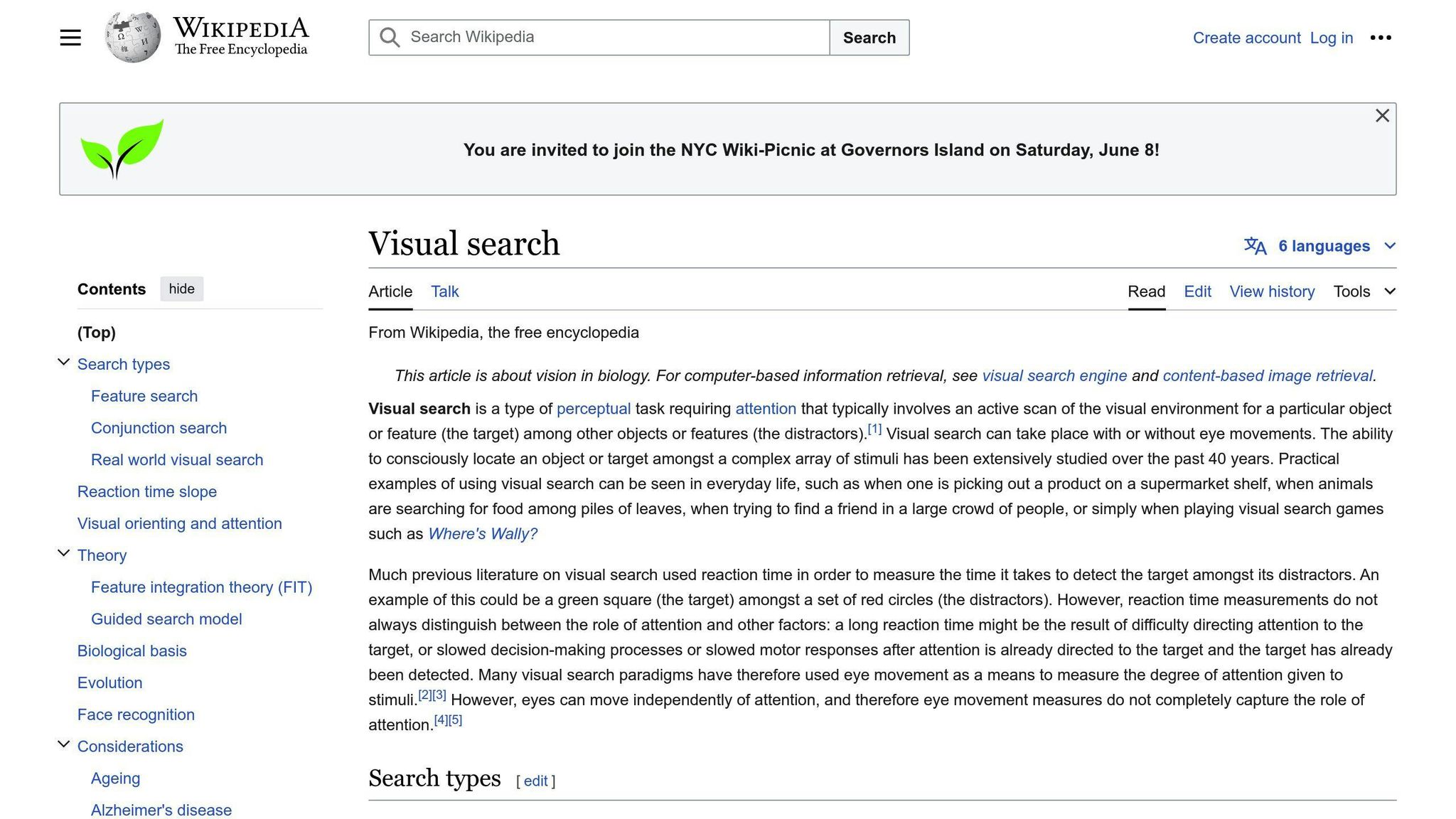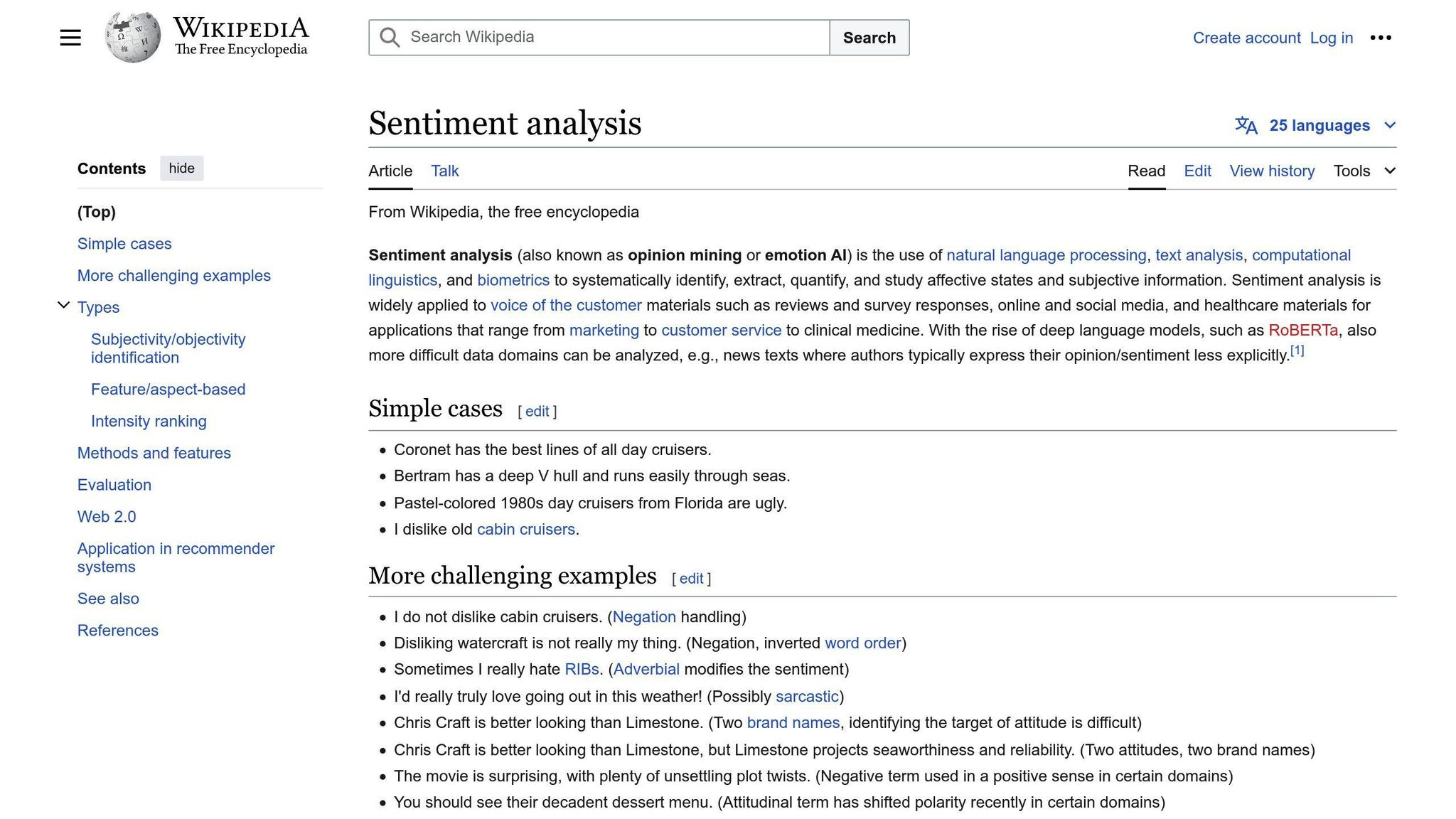10 AI Marketing Strategies to Skyrocket eCommerce Sales
AI marketing strategies leverage artificial intelligence technologies like machine learning, natural language processing, and computer vision to automate marketing tasks, personalize customer experiences, and drive sales for eCommerce businesses.
Key Benefits of AI Marketing:
- Personalization: Tailored product recommendations, targeted campaigns, and personalized shopping experiences
- Automation: AI automates repetitive tasks like content creation, customer segmentation, and inventory management
- Data-Driven Insights: AI analyzes customer data to uncover valuable insights and trends
- Improved Customer Experience: AI-powered chatbots, virtual assistants, and visual search enhance engagement
10 AI Strategies:
- AI Product Recommendations: Suggest relevant products based on customer data and preferences
- AI Chatbots and Virtual Assistants: Provide 24/7 customer support and personalized recommendations
- AI Content Creation and Optimization: Generate high-quality content at scale and optimize for better performance
- Customer Segmentation with Predictive Analytics: Segment customers based on predicted behavior and preferences
- Dynamic Pricing and Inventory Management: Adjust prices and inventory levels based on demand and trends
- Visual Search for Product Discovery: Allow customers to find products using images instead of text
- Personalized Marketing Campaigns: Create tailored marketing messages for each customer segment
- AI Fraud Detection and Prevention: Identify and prevent fraudulent activities in real-time
- Customer Sentiment Analysis: Understand customer emotions and opinions to improve satisfaction
- Omnichannel Personalization: Provide a tailored shopping experience across all channels
| Strategy | Key Benefit |
|---|---|
| AI Product Recommendations | Increased sales, better customer experience, higher engagement |
| AI Chatbots and Virtual Assistants | Cost savings, improved customer service, increased sales |
| AI Content Creation and Optimization | Efficient content generation, optimized for better performance |
| Customer Segmentation with Predictive Analytics | Targeted marketing, personalized experiences, improved retention |
| Dynamic Pricing and Inventory Management | Revenue optimization, competitive pricing, reduced waste |
| Visual Search for Product Discovery | Intuitive product discovery, enhanced customer experience |
| Personalized Marketing Campaigns | Higher engagement, improved customer experience, better ROI |
| AI Fraud Detection and Prevention | Protect revenue, maintain reputation, increase customer trust |
| Customer Sentiment Analysis | Improve satisfaction, enhance products, inform marketing strategies |
| Omnichannel Personalization | Increased sales, better customer loyalty, consistent experience |
Related video from YouTube
1. AI Product Recommendations
How AI Suggests Products
AI product recommendations analyze customer data like browsing history, purchases, preferences, and demographics to suggest relevant products. The main techniques are:
- Collaborative Filtering: Recommends products based on similarities between customers' interests and behaviors. If customers A and B have similar tastes, the system suggests products that B liked to A.
- Content-Based Filtering: Suggests products similar to those a customer has previously viewed or bought, based on product details like descriptions, categories, and ratings.
- Hybrid Approaches: Combines collaborative and content-based filtering for more accurate recommendations.
Benefits of AI Recommendations
AI product recommendations offer key advantages for eCommerce businesses:
| Benefit | Description |
|---|---|
| Increased Sales | By suggesting relevant products customers are likely to buy, recommendations boost conversion rates and order values, driving higher revenue. |
| Better Customer Experience | Personalized recommendations tailored to individual preferences create a delightful shopping experience, improving satisfaction and loyalty. |
| Higher Engagement | Relevant product suggestions keep customers engaged, encouraging them to explore more products and make repeat purchases, reducing churn. |
Implementing AI Recommendations
When implementing AI product recommendations, businesses should consider:
Data Privacy: Ensure customer data is handled securely and transparently, adhering to regulations and building trust.
Transparency: Provide clear explanations for recommendations to build customer confidence and avoid perceptions of bias or manipulation.
Continuous Improvement: Regularly evaluate and fine-tune recommendation models based on performance metrics and customer feedback to maintain accuracy and relevance.
2. AI Chatbots and Virtual Assistants
What are AI Chatbots?
AI chatbots are computer programs that use natural language processing (NLP) and machine learning to have conversations with customers. These conversational AI tools can be integrated into websites, social media, and messaging apps to provide 24/7 customer support and improve sales.
Benefits of Chatbots and Virtual Assistants
Using AI chatbots and virtual assistants in eCommerce offers these advantages:
| Advantage | Explanation |
|---|---|
| Cost Savings | Chatbots can handle routine customer inquiries, reducing the need for human support agents and lowering costs. |
| Improved Customer Service | Chatbots provide instant responses to customer queries, boosting satisfaction and loyalty. |
| Increased Sales | Chatbots can offer personalized product recommendations, helping customers find what they need and driving sales. |
Implementing Chatbots and Virtual Assistants
When implementing AI chatbots and virtual assistants, businesses should consider:
- NLP Limitations: Chatbots may struggle to understand nuances of human language, leading to misinterpreted customer queries.
- User Experience: Ensure chatbots are user-friendly and provide a smooth experience for customers.
- System Integration: Integrate chatbots with existing CRM systems, inventory management, and other tools to provide a unified customer experience.
3. AI Content Creation and Optimization
AI Content Generation
AI can create product descriptions, blog posts, social media content, and more. This saves time and lets you make high-quality content at scale. AI tools use natural language processing (NLP) and machine learning to analyze data and generate content optimized for search engines, customer engagement, and sales. These tools also help keep your brand voice and tone consistent across marketing channels.
Optimizing Content with AI
AI can also improve existing content for better performance. Techniques like SEO, keyword analysis, and sentiment analysis help refine your content to better connect with your target audience.
| Technique | Description |
|---|---|
| SEO Optimization | Analyze keyword trends, competitors, and content to improve search engine rankings. |
| Keyword Analysis | Identify relevant keywords, phrases, and topics to target. |
| Sentiment Analysis | Gain insights into customer opinions and preferences. |
Content Quality Considerations
While AI-generated content offers benefits, it's crucial to maintain quality, originality, and avoid biases. To ensure high-quality content:
1. Use high-quality data and training datasets
2. Monitor and review AI-generated content for accuracy and relevance
3. Implement measures to prevent bias and ensure diversity in content
4. Continuously update and refine AI algorithms to improve content quality
4. Customer Segmentation with Predictive Analytics

What is Predictive Analytics?
Predictive analytics uses data analysis and machine learning to forecast future customer behavior and preferences. By examining historical data like purchase history, browsing patterns, and demographics, predictive models can identify patterns and make accurate predictions about how customers will act in the future.
Benefits of Customer Segmentation
Segmenting customers based on predictive analytics offers these key advantages:
- Targeted Marketing: By segmenting customers based on predicted behavior and preferences, businesses can create highly targeted marketing campaigns that resonate better with each segment, leading to higher engagement, conversion rates, and customer loyalty.
- Personalized Experiences: Predictive analytics enables personalized product recommendations, content, and offers tailored to each customer's unique needs and preferences, enhancing the overall customer experience and satisfaction.
- Improved Customer Retention: By identifying customers at risk of churning or becoming inactive, businesses can proactively engage with them and take preventive measures to retain them.
- Optimized Resource Allocation: With a better understanding of customer segments, businesses can optimize their marketing budgets and allocate resources more effectively, focusing on the segments with the highest potential for growth and profitability.
Implementing Predictive Analytics
While implementing predictive analytics for customer segmentation offers numerous benefits, it's crucial to address data privacy concerns and potential biases:
| Consideration | Description |
|---|---|
| Data Privacy and Transparency | Businesses must ensure that customer data is collected and used transparently, adhering to data privacy regulations and providing customers with control over their personal information. |
| Avoiding Biases | Predictive models can perpetuate biases present in the training data or algorithms. It's essential to monitor and mitigate potential biases to ensure fair and equitable treatment of all customer segments. |
| Continuous Monitoring and Improvement | Customer preferences and behaviors can change over time. Businesses should continuously monitor the performance of their predictive models and update them as needed to ensure accurate and relevant customer segmentation. |
5. Dynamic Pricing and Inventory Management
Adjusting Prices with AI
AI can analyze data like customer demand, competitor prices, and buying patterns to automatically adjust product prices in real-time. This helps:
- Increase Revenue: Raise prices when demand is high, lower them when it's low.
- Stay Competitive: Match or beat competitor prices to attract customers.
Managing Inventory with AI
AI predicts customer demand by studying past sales data, seasons, and trends. This allows businesses to:
- Avoid Overstocking: Only order popular products customers want.
- Reduce Waste: Don't overstock items that don't sell well.
- Improve Efficiency: Optimize inventory levels to cut costs.
Transparent Pricing and Stock Levels
While AI pricing and inventory offer benefits, businesses must:
| Consideration | Explanation |
|---|---|
| Clear Pricing | Openly communicate pricing strategies to build customer trust. |
| Visible Stock | Show accurate inventory levels so customers know what's available. |
| Integrated Systems | Connect AI to inventory systems for smooth operations. |
sbb-itb-be22d9e
6. Visual Search for Product Discovery

What is Visual Search?
Visual search allows customers to find products by using images instead of text. With this feature, users can upload a picture of an item they want, and the AI system will identify the product and show similar results. Visual search is handy when you don't know the exact product name or want to find similar items.
Benefits of Visual Search
Visual search improves product discovery, enhances the customer experience, and boosts sales. Customers can quickly find what they're looking for, reducing search time and increasing the chances of making a purchase. It also provides a more intuitive and engaging shopping experience, leading to higher customer satisfaction and loyalty.
Implementing Visual Search
To implement visual search, you need:
| Requirement | Description |
|---|---|
| High-Quality Images | Clear, well-lit, high-resolution product images. |
| Accurate Algorithms | An algorithm that can accurately identify products and provide relevant results. |
| Seamless Integration | Integration with your existing e-commerce platform for a smooth user experience. |
7. Personalized Marketing Campaigns
Personalized marketing campaigns use customer data to create tailored messages that connect with each individual. AI analyzes details like customer purchases, interests, and behavior to segment audiences and craft relevant campaigns.
Creating Personalized Campaigns
AI examines customer data, including:
- Demographics (age, location, etc.)
- Purchase history
- Online behavior (browsing, clicks, etc.)
- Preferences and interests
It then groups customers with similar traits and creates targeted marketing messages for each segment. AI also identifies the best channels to reach each group, such as email, social media, or SMS.
For example, a clothing brand could use AI to analyze a customer's past purchases and online activity. It would then send personalized emails showcasing new arrivals matching their style preferences. A travel company could use AI to study customer searches and create ads for destinations and activities tailored to their interests.
Benefits of Personalization
Personalized marketing campaigns offer key advantages:
- Higher Engagement: Relevant messages resonate better, leading to more opens, clicks, and conversions.
- Improved Experience: Customers feel understood when brands cater to their individual needs and interests.
- Better ROI: Targeted campaigns drive more conversions, providing a higher return on marketing investment.
Data Privacy
While personalization is powerful, brands must be transparent about how they collect and use customer data. Customers should have control over their data, and brands must avoid biased algorithms that enable harmful targeting or discrimination.
8. AI Fraud Detection and Prevention
How AI Spots Fraud
AI systems analyze customer behavior and transactions to identify unusual patterns that may indicate fraud. They monitor activities 24/7 and can take action in real-time to prevent fraudulent activities. As businesses grow, AI fraud detection scales efficiently without major added costs.
Benefits of Preventing Fraud
By reducing financial losses from fraud, businesses can protect their revenue and reputation. AI fraud prevention also improves customer trust and satisfaction, as customers feel more secure knowing their transactions are protected. AI systems can reduce false positives, leading to a better customer experience.
Avoiding False Positives
While AI is effective at detecting fraud, it's important to balance accuracy with reducing false positives. False positives can frustrate customers and lead to lost sales. AI systems can be fine-tuned to reduce false positives by analyzing customer behavior and transaction history. This allows businesses to strike a balance between security and customer experience.
| Benefit | Description |
|---|---|
| Protect Revenue | Reduce financial losses from fraud |
| Maintain Reputation | Prevent fraud that could damage the business's reputation |
| Increase Trust | Customers feel more secure with AI fraud prevention |
| Improve Experience | Fewer false positives lead to a better customer experience |
| Consideration | Explanation |
|---|---|
| Accuracy vs. False Positives | Balance fraud detection accuracy with reducing false positives |
| Customer Analysis | Analyze customer behavior and transaction history |
| Continuous Improvement | Fine-tune AI systems to improve accuracy and reduce false positives |
9. Customer Sentiment Analysis

What is Sentiment Analysis?
Sentiment analysis is a technique used to understand customers' emotions and opinions about a product, service, or brand by analyzing their feedback. In eCommerce, it helps businesses identify areas for improvement, enhance customer satisfaction, and make data-driven decisions to drive sales.
Benefits of Sentiment Analysis
By understanding customer sentiment, businesses can:
- Improve customer satisfaction: Address concerns, leading to increased loyalty and retention.
- Enhance product development: Gain insights into customer needs and preferences.
- Inform marketing strategies: Develop targeted campaigns that resonate with customers.
- Gain a competitive edge: Stay ahead of competitors by understanding customer sentiment.
Data Quality for Sentiment Analysis
For accurate sentiment analysis, it's essential to have:
| Data Requirement | Description |
|---|---|
| Accurate customer feedback | Collect genuine feedback through surveys, reviews, and social media. |
| Relevant data sources | Utilize customer reviews, social media posts, and support tickets. |
| Data cleansing and processing | Ensure data is clean, processed, and free from bias. |
10. Omnichannel Personalization
What is Omnichannel Personalization?
Omnichannel personalization provides a tailored shopping experience across all channels, including websites, apps, social media, and physical stores. It uses AI to analyze customer data from various touchpoints to understand their behavior, preferences, and needs.
Benefits of Omnichannel Personalization
| Benefit | Explanation |
|---|---|
| Increased Sales | Personalized experiences lead to more conversions and purchases. |
| Better Customer Loyalty | Customers feel valued and understood, improving retention. |
| Consistent Experience | Customers receive a tailored experience across all channels. |
Challenges of Omnichannel Personalization
| Challenge | Description |
|---|---|
| Data Integration | Combining data from multiple channels can be complex. |
| Algorithm Complexity | Developing algorithms to analyze large data sets is difficult. |
| Potential Biases | AI algorithms may perpetuate biases if not properly trained. |
Conclusion
Summary of 10 AI Strategies
This article explored 10 AI marketing strategies that can boost eCommerce sales. These include AI product recommendations, chatbots, content creation, customer segmentation, dynamic pricing, visual search, personalized campaigns, fraud detection, sentiment analysis, and omnichannel personalization. By using AI, eCommerce businesses can improve customer experiences, drive more sales, and cut costs.
Why an AI Strategy Matters
Having a solid AI strategy is crucial for eCommerce companies to stay competitive. AI can automate tasks, analyze large data sets, and enable data-driven decisions. Without an AI strategy, businesses risk falling behind rivals and missing out on potential sales opportunities.
Addressing Challenges and Ethical Concerns
While AI offers many benefits, it also presents challenges and ethical concerns:
| Challenge | Description |
|---|---|
| Transparency | Ensure AI algorithms are transparent and unbiased |
| Data Privacy | Address data privacy and security concerns |
| Fairness | Mitigate potential biases and discrimination |
Businesses must be aware of these issues and take steps to address them responsibly.
Next Steps for Implementation
If you're an eCommerce business looking to implement AI marketing strategies:
- Identify areas where AI can improve operations
- Research AI tools and platforms to achieve your goals
- Develop a roadmap for implementation
- Start small and scale up as you see results
With the right approach, AI can help drive sales, enhance customer experiences, and keep you ahead of the competition.
Add a New Sales Channel
- • Digital downloads
- • Courses & tutorials
- • Visual & audio assets
- • Game credits or licenses
- • Private memberships

